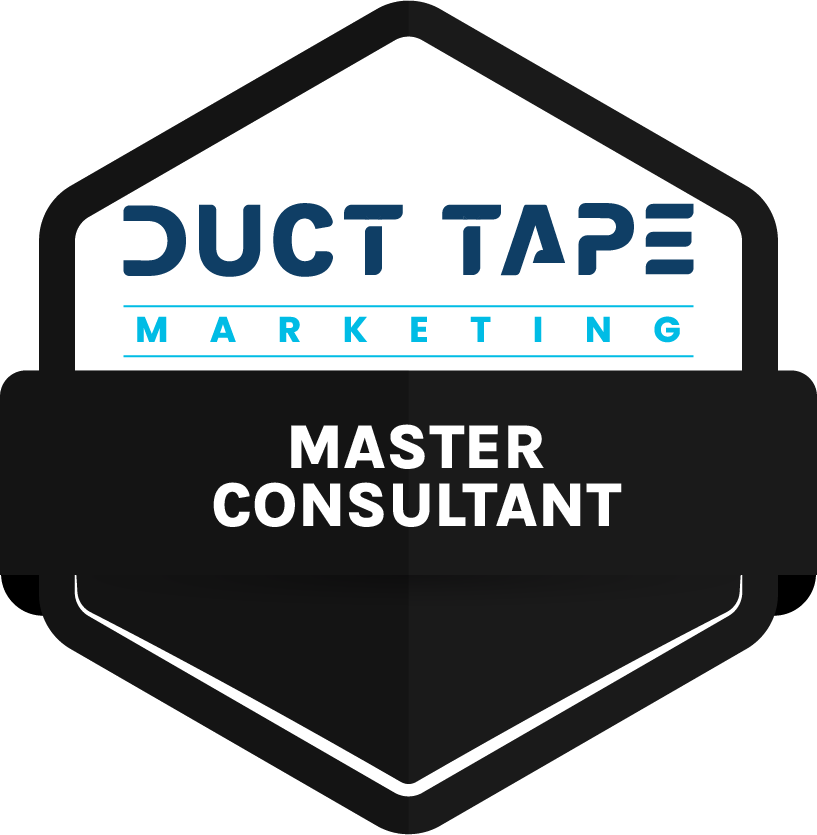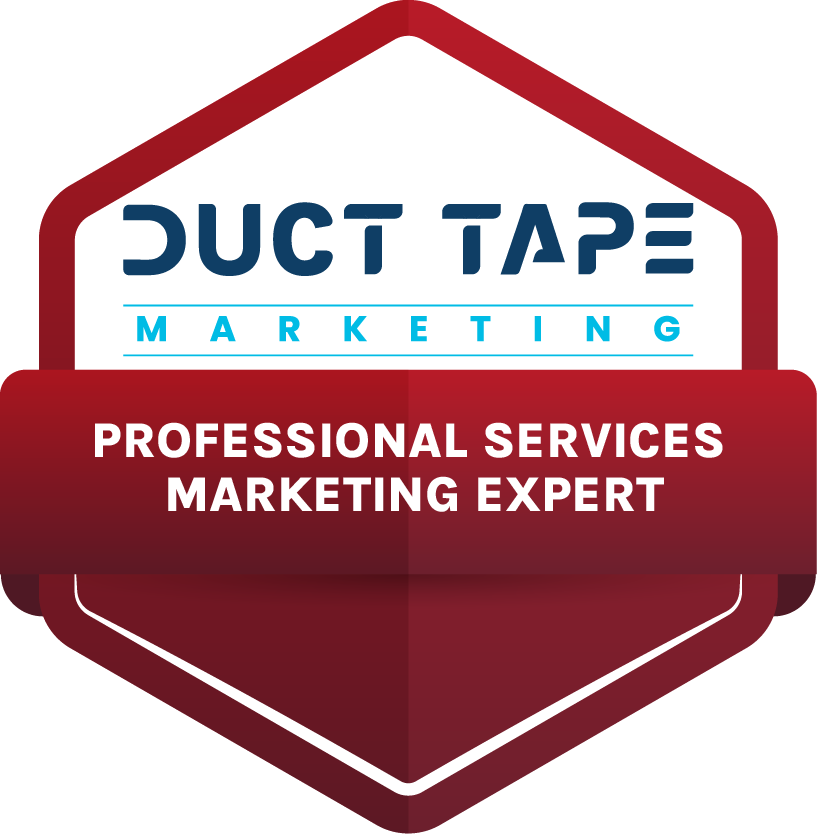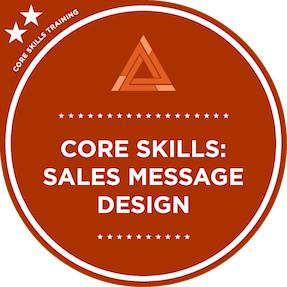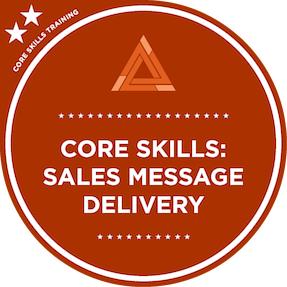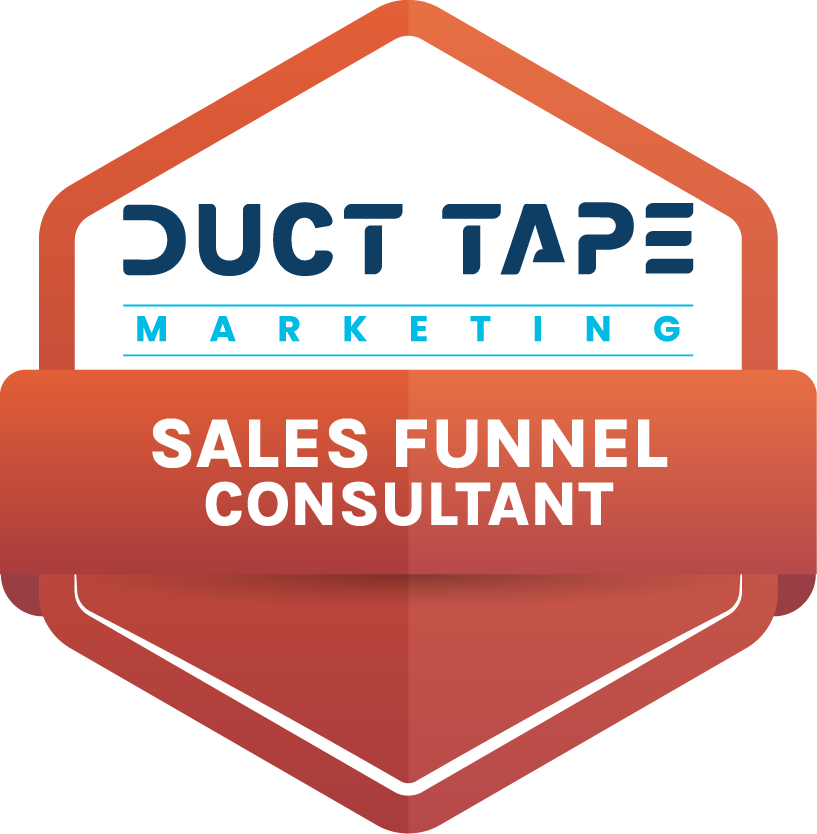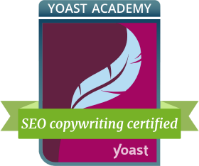At Advantage Marketing, we work with clients to develop a call to action for each content item we create together – whether it is a website page, white paper, blog post, webinar, or video. Calls to action offer a prospect a next step. For instance, if someone is on your website, good calls to action can be to register for a free assessment or to download a whitepaper or eBook with valuable content. Calls to action serve to bring the prospect along through what we marketers call “Know – Like – Trust – Try,” so that they view you as a credible expert and become comfortable with the thought of buying from you.
A recent MarketingProfs article by Alex Becker presented some excellent thinking on calls to action. Key insights: the most difficult task in marketing is getting people to take the action you want them to take. But once they have taken an action, getting them to take another action becomes much easier.
Once you get the person over the initial hump, getting them to do “just one more thing” is relatively easy. Becker calls this an “action train.”
Esurance on Facebook is an example of an action train. The company has over 158,000 Facebook likes because it has included the “just one more thing” tactic in its insurance quote process.
Here’s how it works:
First step: Get the train moving
You land on the Esurance site because of their cool and memorable commercials. Now look at how simple the site is. There are two boxes and one is already filled out for you. Esurance takes this approach because once you fill out that one little form, the “action train” is now in motion.
Second step: Use the action train’s momentum
As you are whizzing through Esurance’s forms, you’re asked for your email address. Does Esurance really need your email to give you a quote? No, it could just serve it up to you as a website page. But you don’t even think twice about providing your email because you’ve already committed to taking action. Providing your mailing address and phone number on subsequent forms are no problem either.
Third step: Get away with as much as possible
Finally, Esurance will bring you to a page where it offers you a 5% discount for liking it on Facebook. You’re already in action mode, so of course you’re going to click Like. Why not get a whole 5% off?
So just like that, in one action train, Esurance has your email, address, phone number and permission to market to you on Facebook. By making it easy to provide “just one more thing” Esurance has gotten you deep within its marketing web.
Think about your business. After customers or prospects take an action, would it be that difficult to:
- Give a tiny benefit for a Facebook like
- Forward an additional offer that compliments the current one
- Get them to watch a short video about your business
Following the Esurance example, it really wouldn’t be, because customers or prospects are already on the action train.
The best part to this approach is that it can be applied to just about any business to get customers who are already on “action trains” to fill out surveys, connect on LinkedIn, or even read another sales page.
The true power of “action trains” is that you’re able to achieve multiple marketing objectives with one train, rather than having to get multiple trains started at separate times and touchpoints.
As Becker advises, once the train gets going, use its momentum to go further than ever!


